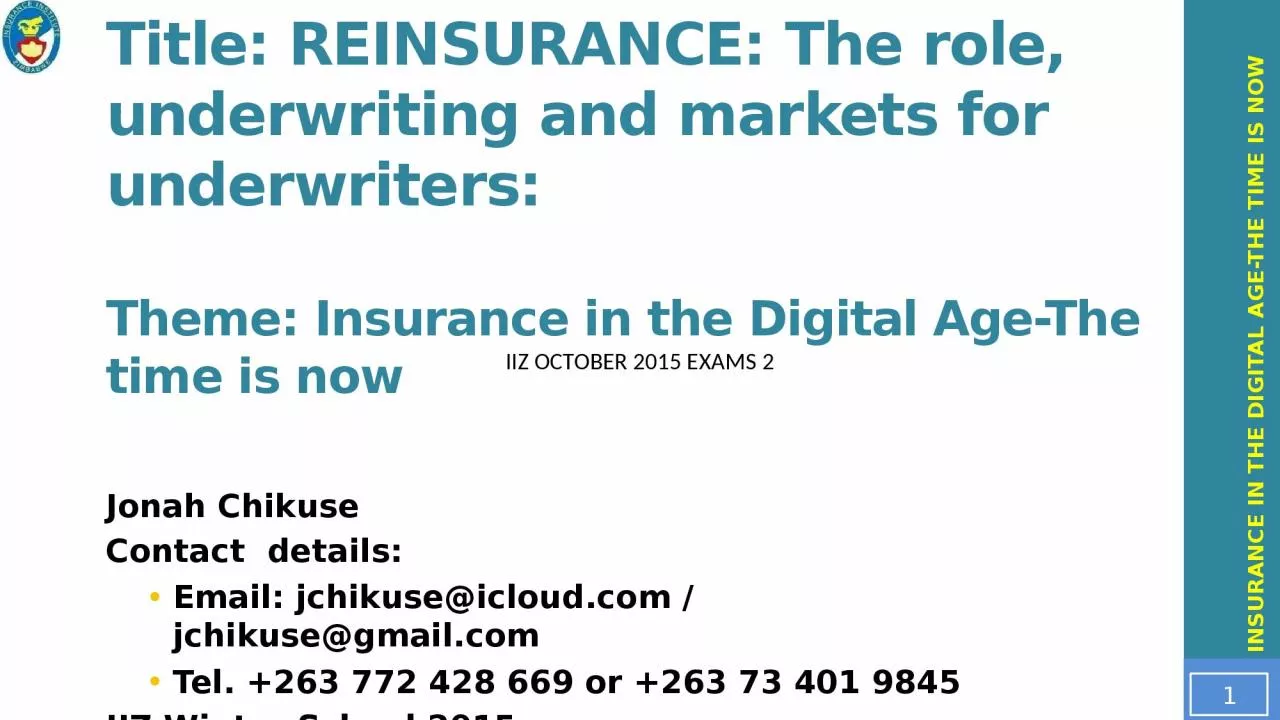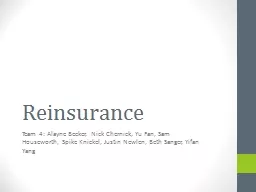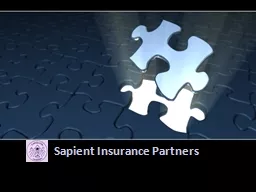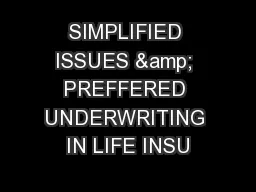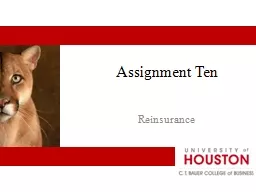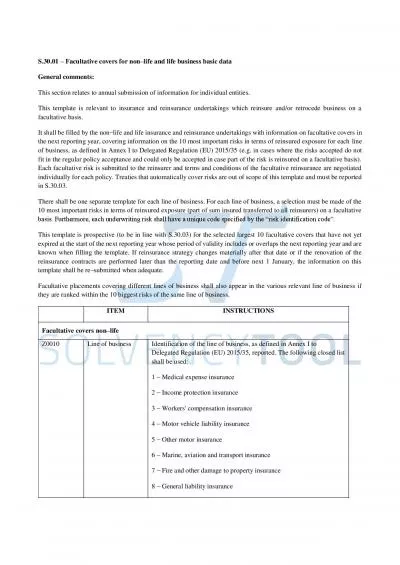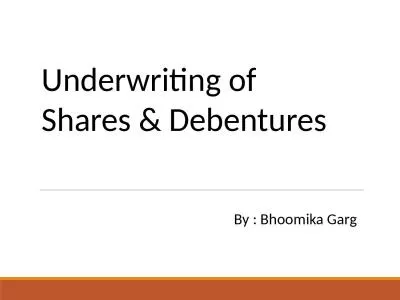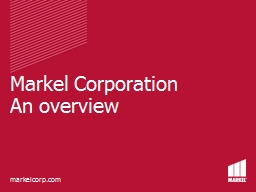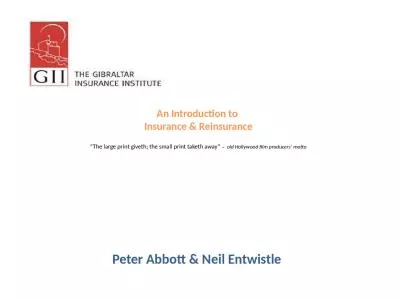PPT-Title: REINSURANCE: The role, underwriting and markets for underwriters:
Author : caitlin | Published Date : 2023-11-05
Theme Insurance in the Digital AgeThe time is now Jonah Chikuse Contact details Email jchikuseicloudcom jchikusegmailcom Tel 263 772 428 669 or 263 73 401 9845
Presentation Embed Code
Download Presentation
Download Presentation The PPT/PDF document "Title: REINSURANCE: The role, underwriti..." is the property of its rightful owner. Permission is granted to download and print the materials on this website for personal, non-commercial use only, and to display it on your personal computer provided you do not modify the materials and that you retain all copyright notices contained in the materials. By downloading content from our website, you accept the terms of this agreement.
Title: REINSURANCE: The role, underwriting and markets for underwriters:: Transcript
Download Rules Of Document
"Title: REINSURANCE: The role, underwriting and markets for underwriters:"The content belongs to its owner. You may download and print it for personal use, without modification, and keep all copyright notices. By downloading, you agree to these terms.
Related Documents

